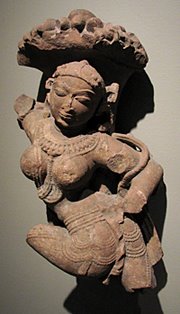
I decided to get my long weekend off to a good start by adding a post to my blog, which I have been neglecting in recent weeks. I have been making adjustments to our bird feeding arrangements in the backyard to attract a greater variety of birds.
 In the past, we have had goldfinches in the early spring but as soon as grackles show up, the goldfinches depart. Grackles are vicious birds, responsible for killing many more house sparrows than cats claim, so it is not surprising that goldfinches (much smaller than house sparrows) give them a wide berth. I moved the niger feeder from its position near the chip and hopper feeders that attract the most birds, including grackles, up to one of our hackberry trees where it is hung with a branch hook. I worried the feeder might be blown out of the tree by a strong wind, but obliging gale force winds (gusts to about 70 miles an hour) arrived within the week and proved my fears groundless: the feeder remained in place.
In the past, we have had goldfinches in the early spring but as soon as grackles show up, the goldfinches depart. Grackles are vicious birds, responsible for killing many more house sparrows than cats claim, so it is not surprising that goldfinches (much smaller than house sparrows) give them a wide berth. I moved the niger feeder from its position near the chip and hopper feeders that attract the most birds, including grackles, up to one of our hackberry trees where it is hung with a branch hook. I worried the feeder might be blown out of the tree by a strong wind, but obliging gale force winds (gusts to about 70 miles an hour) arrived within the week and proved my fears groundless: the feeder remained in place.Within a week the goldfinches became frequent visitors. We see them about the yard daily now, and have had as many as four at a time on the feeder. A terrific reward for the minor inconvenience of climbing an extension latter once a week to replenish the feeder. Despite appearances, the overhead power lines are in another yard, far away from my position. Our neighbors arrived home when Elly was taking this picture. She told them it was for future insurance claims. Nice!




